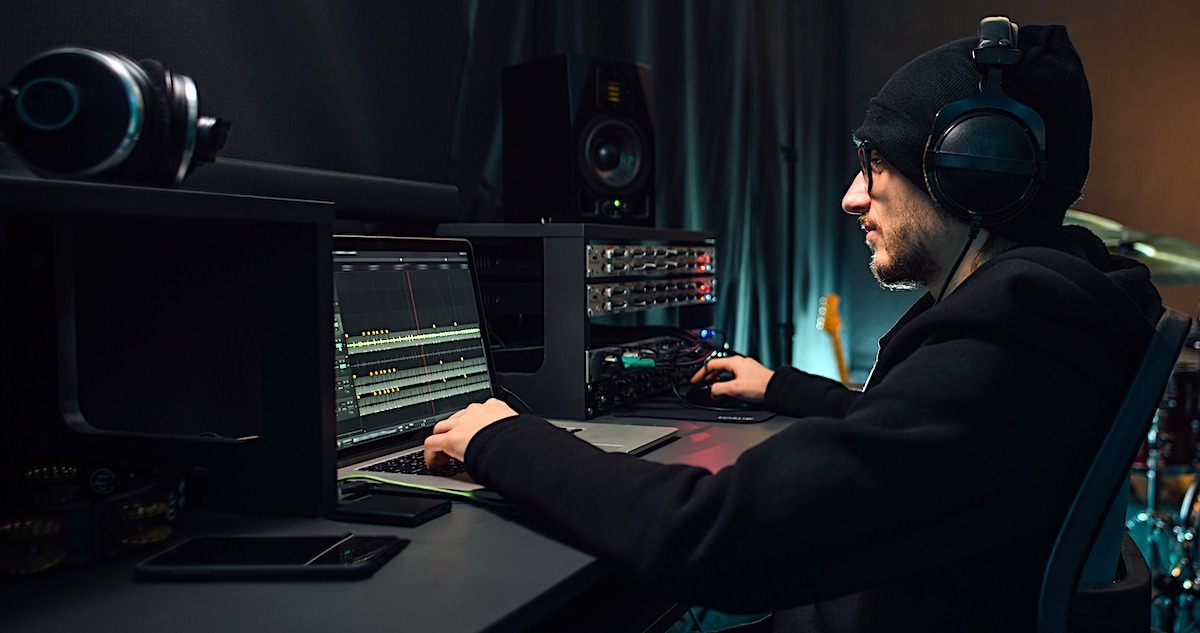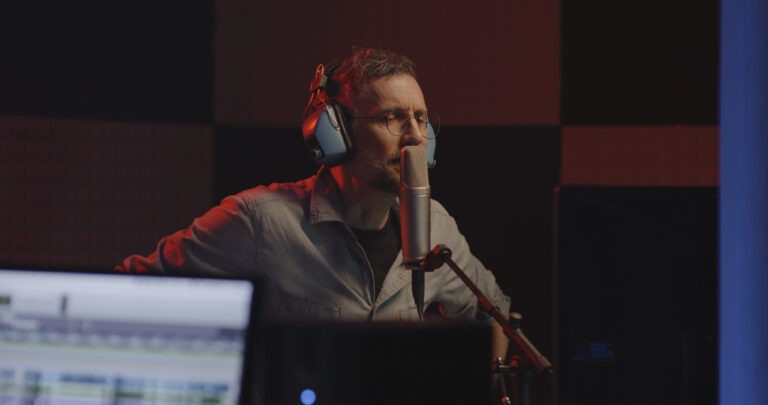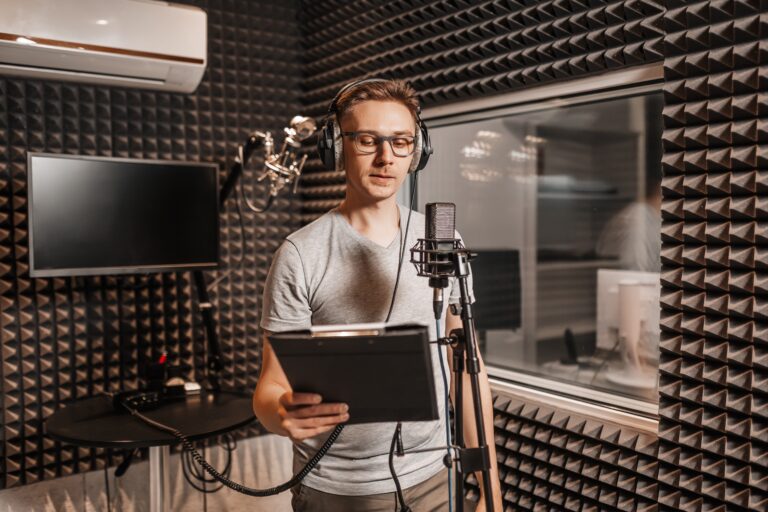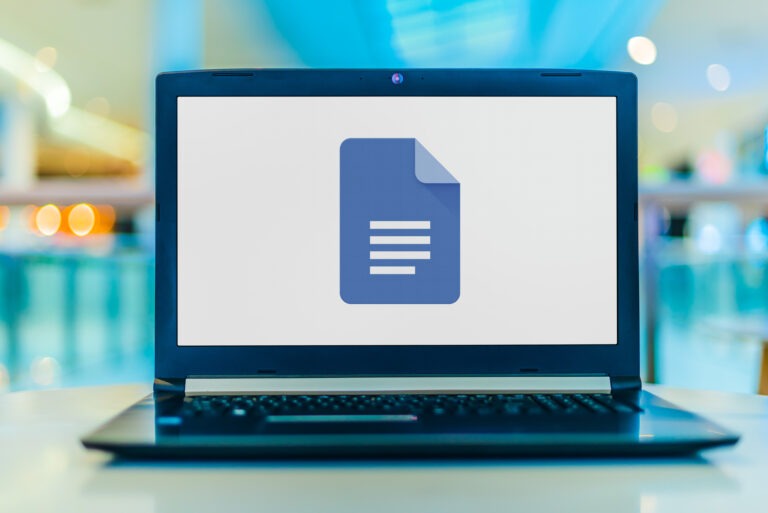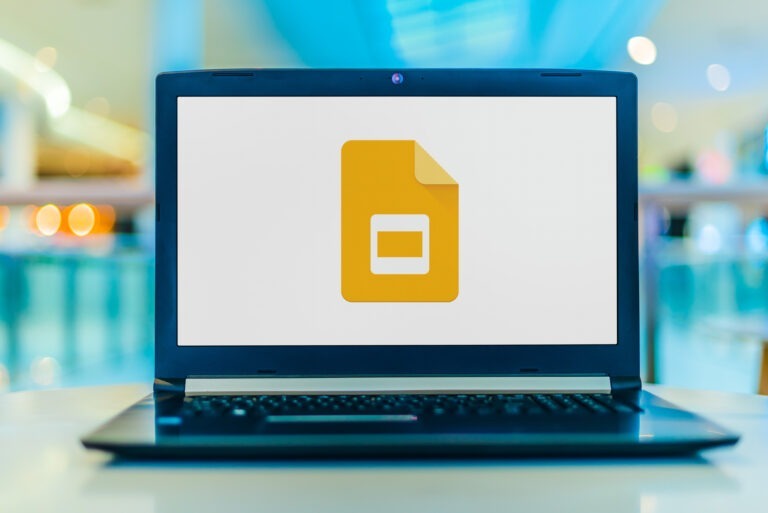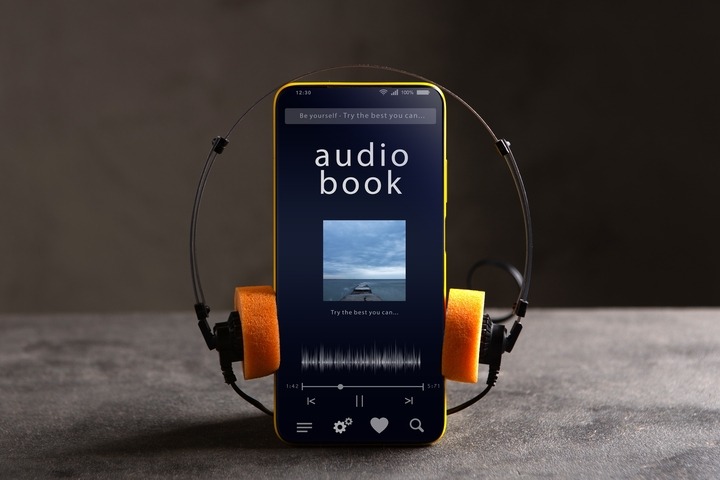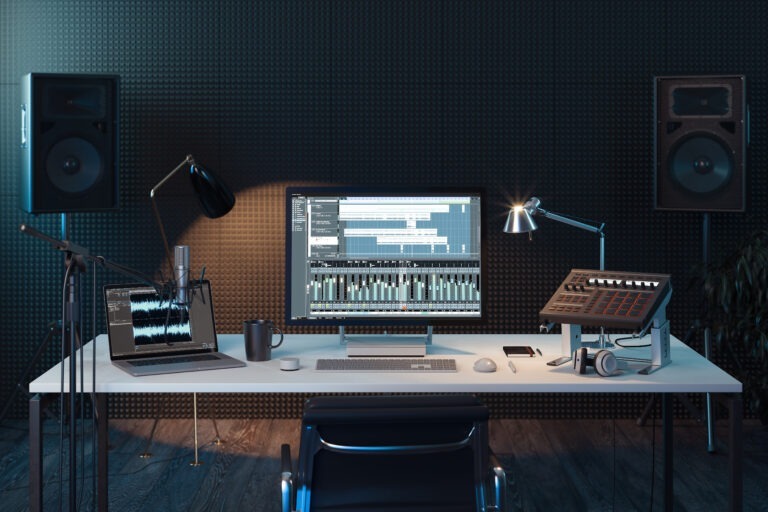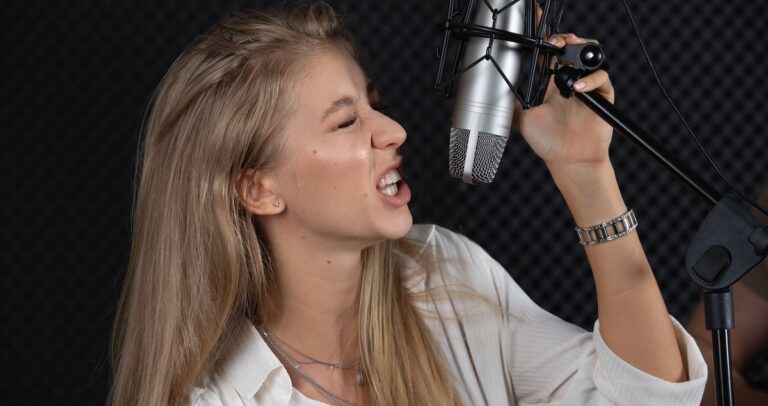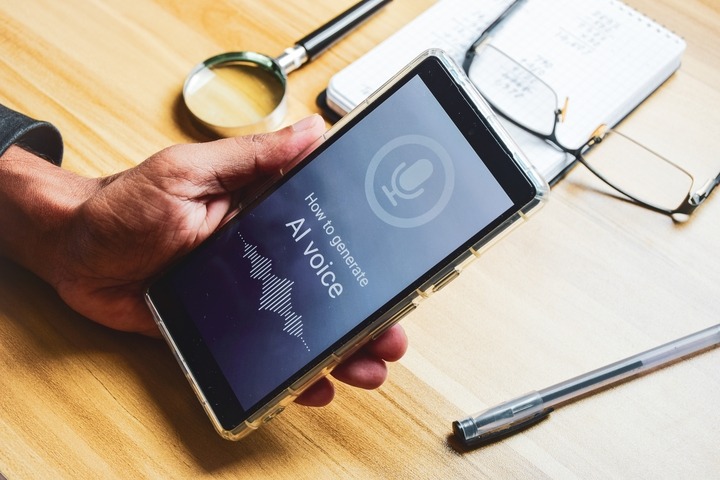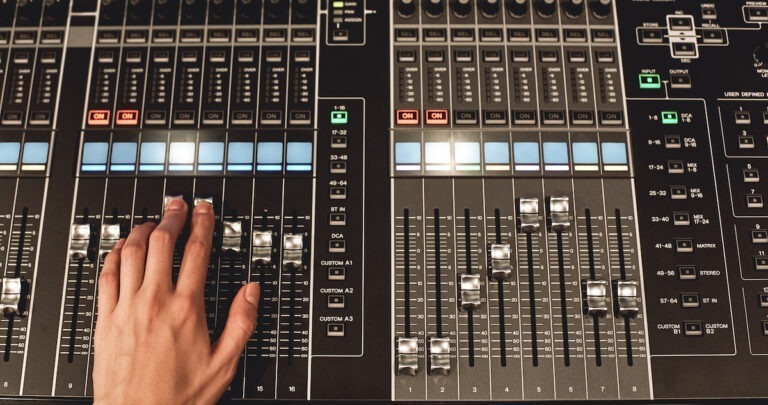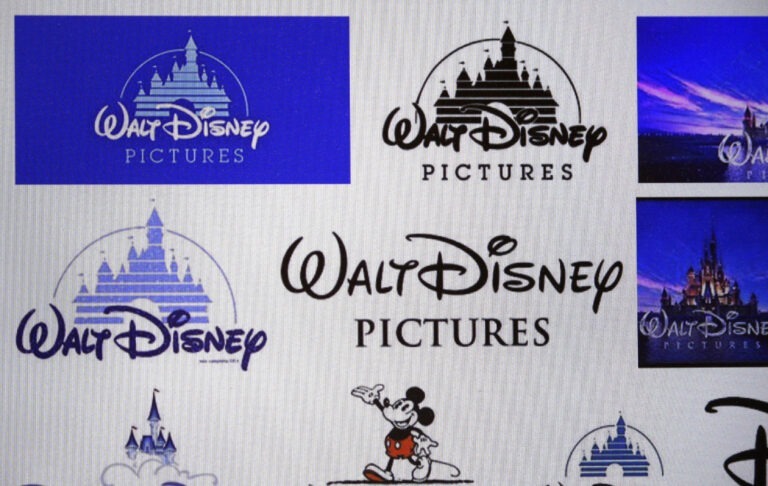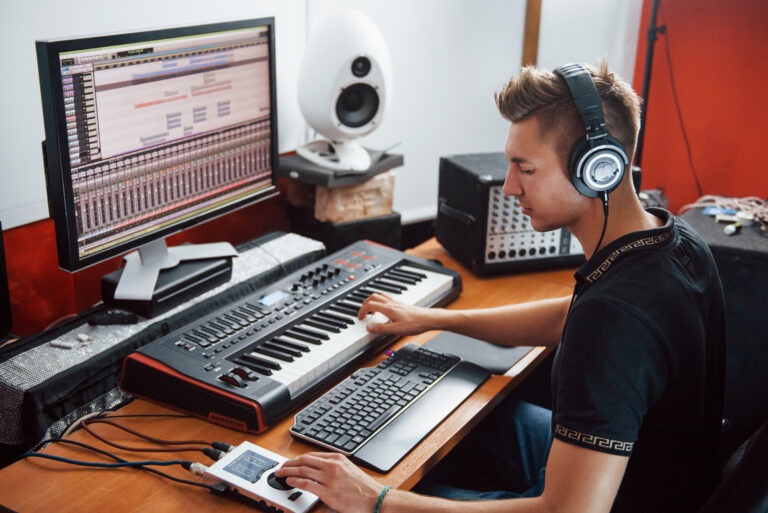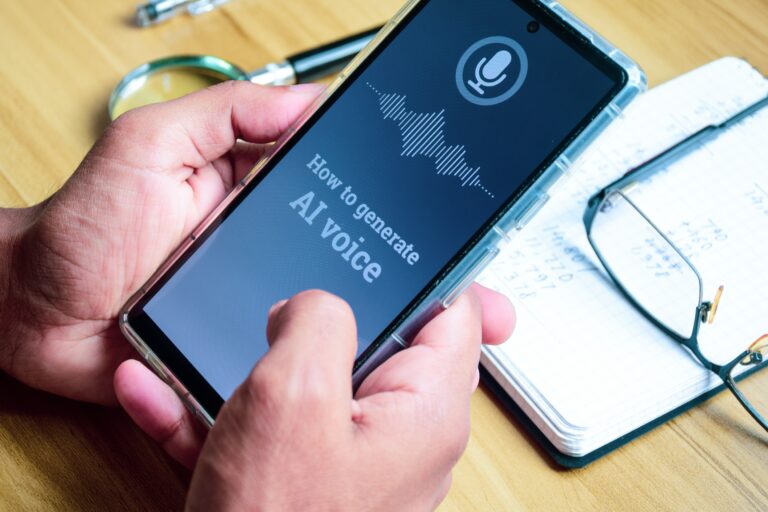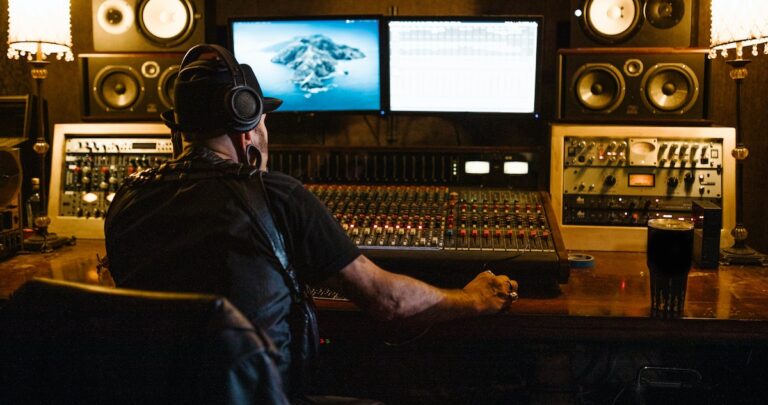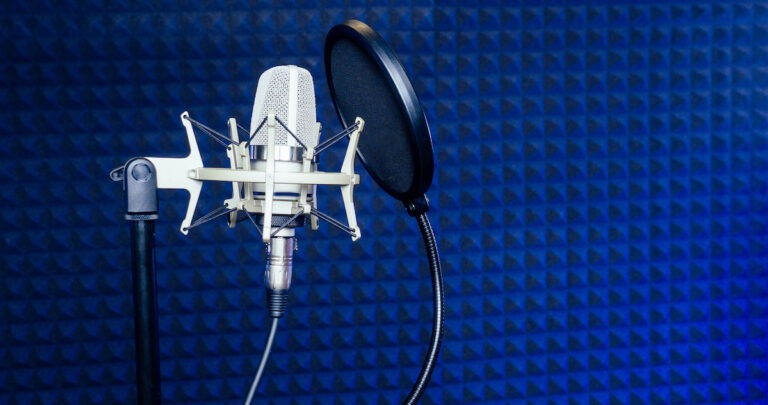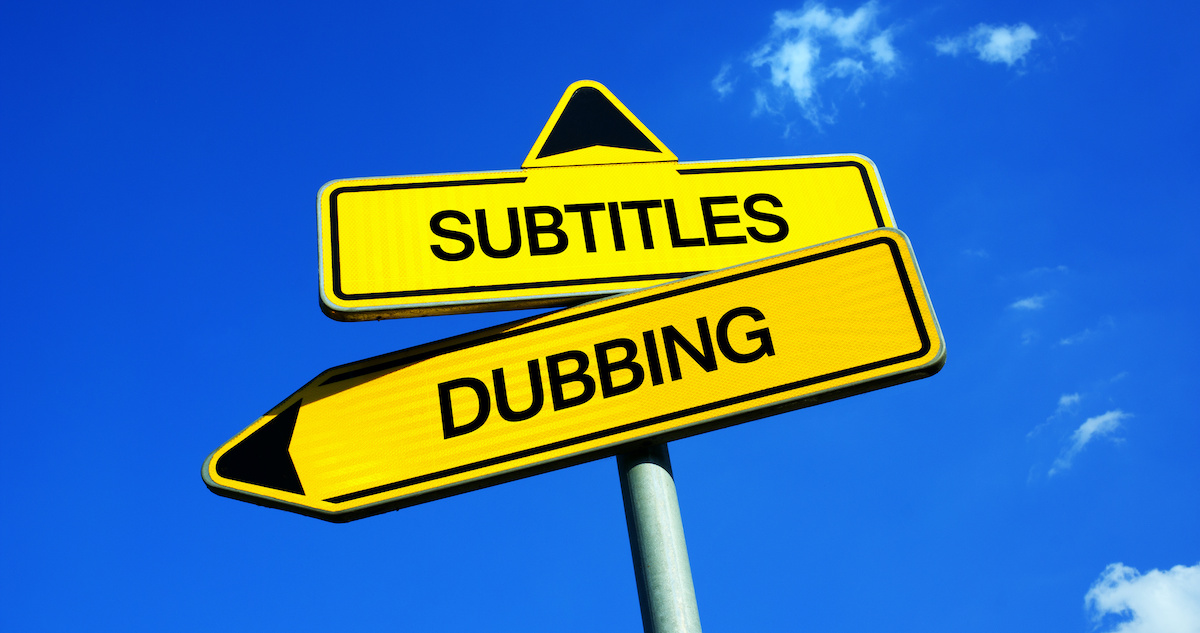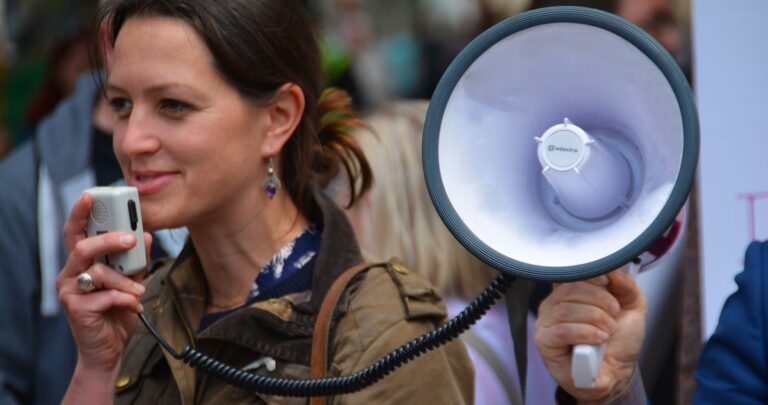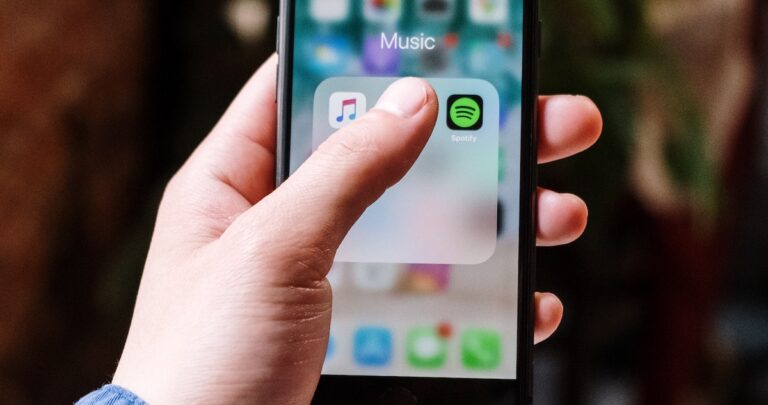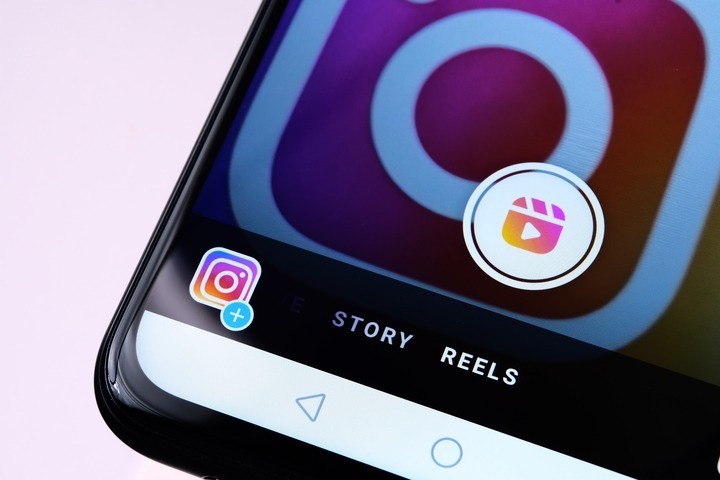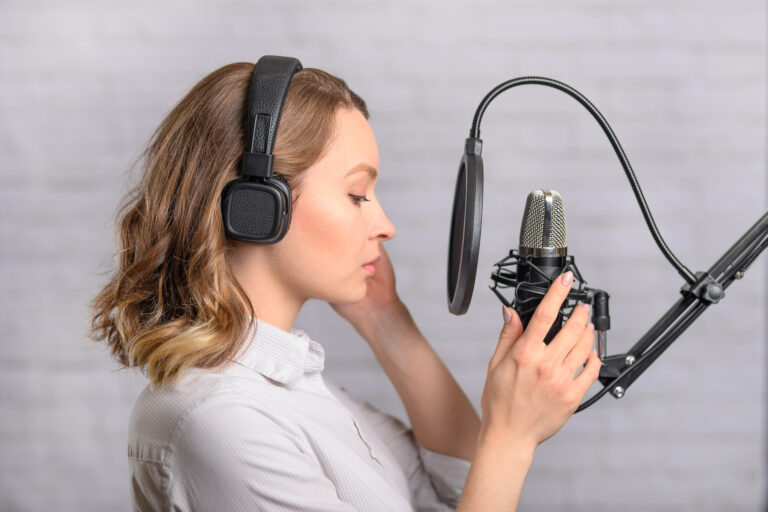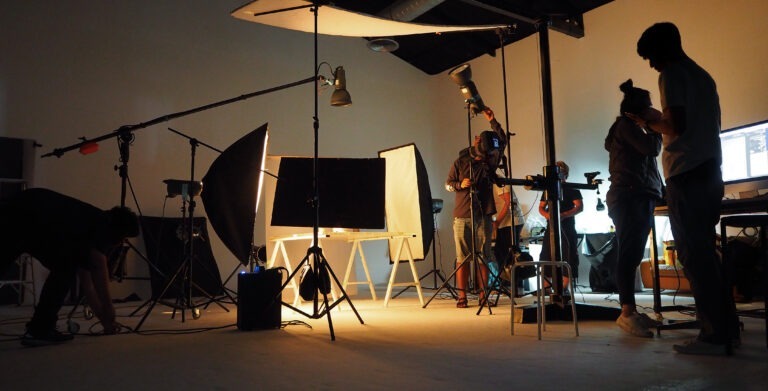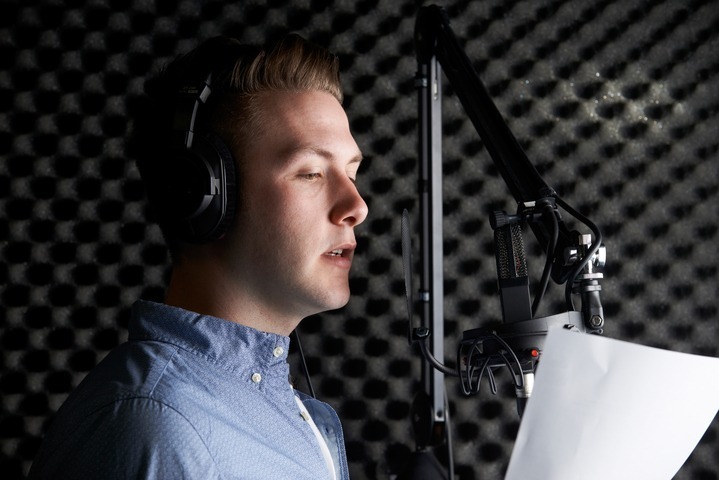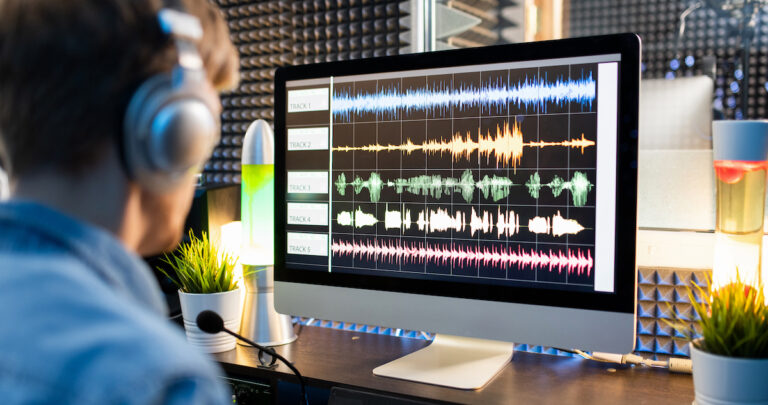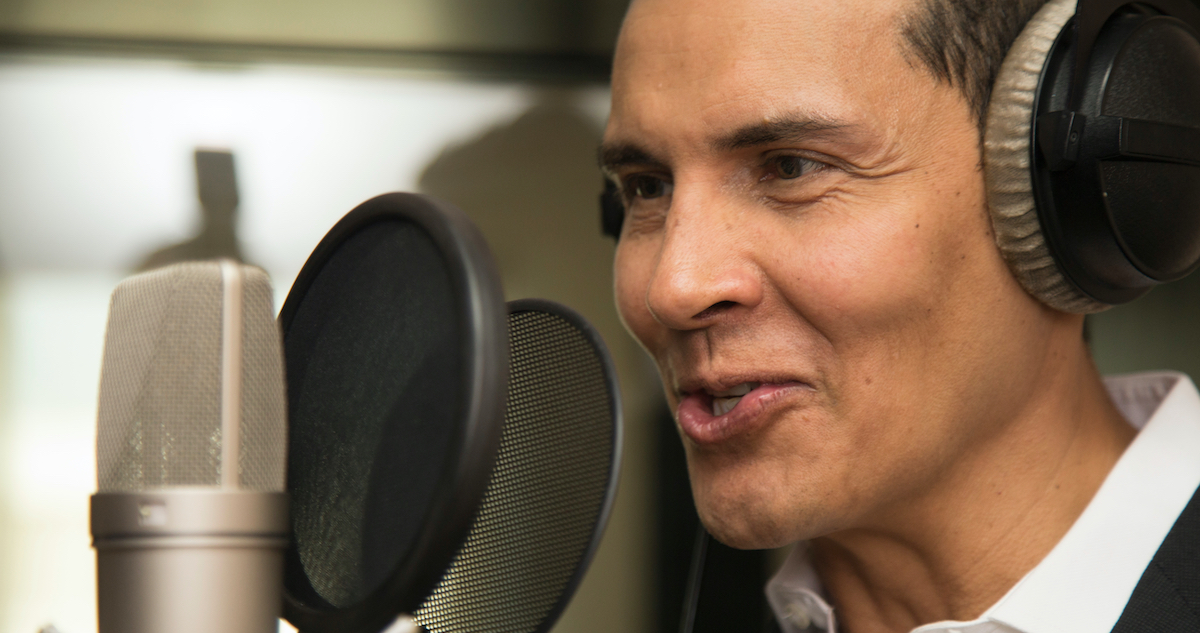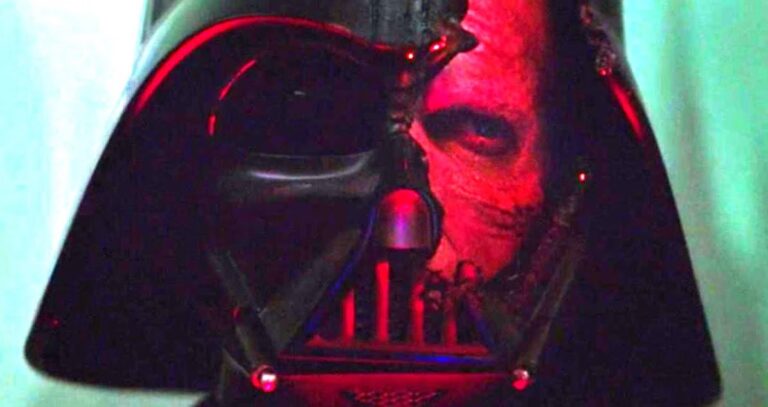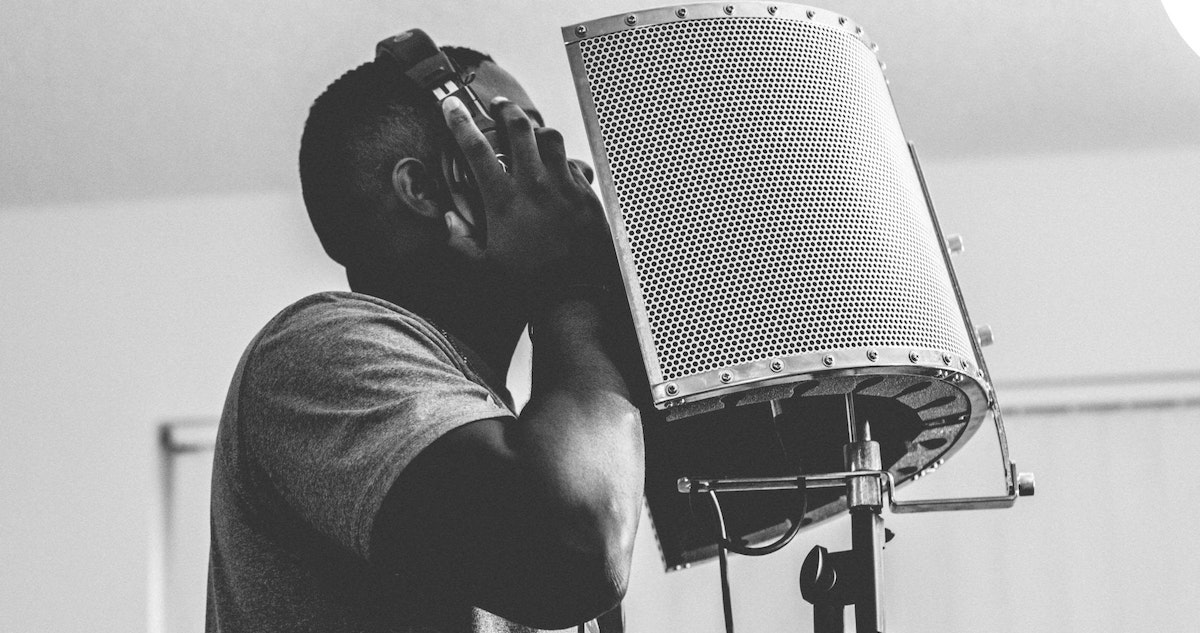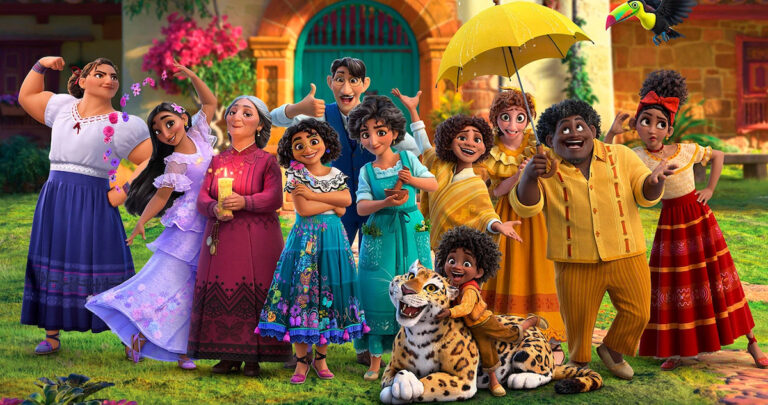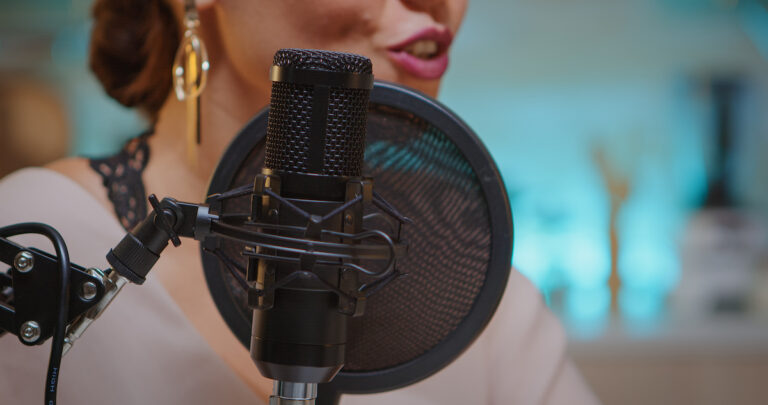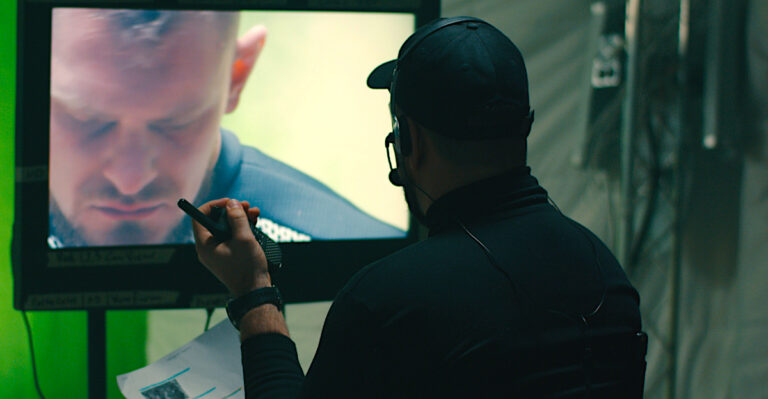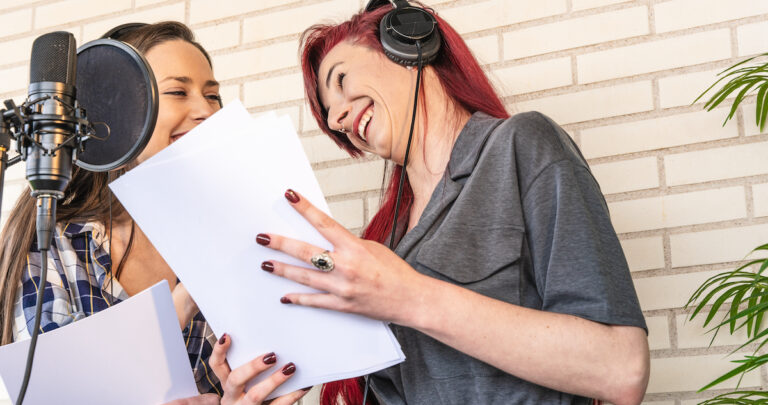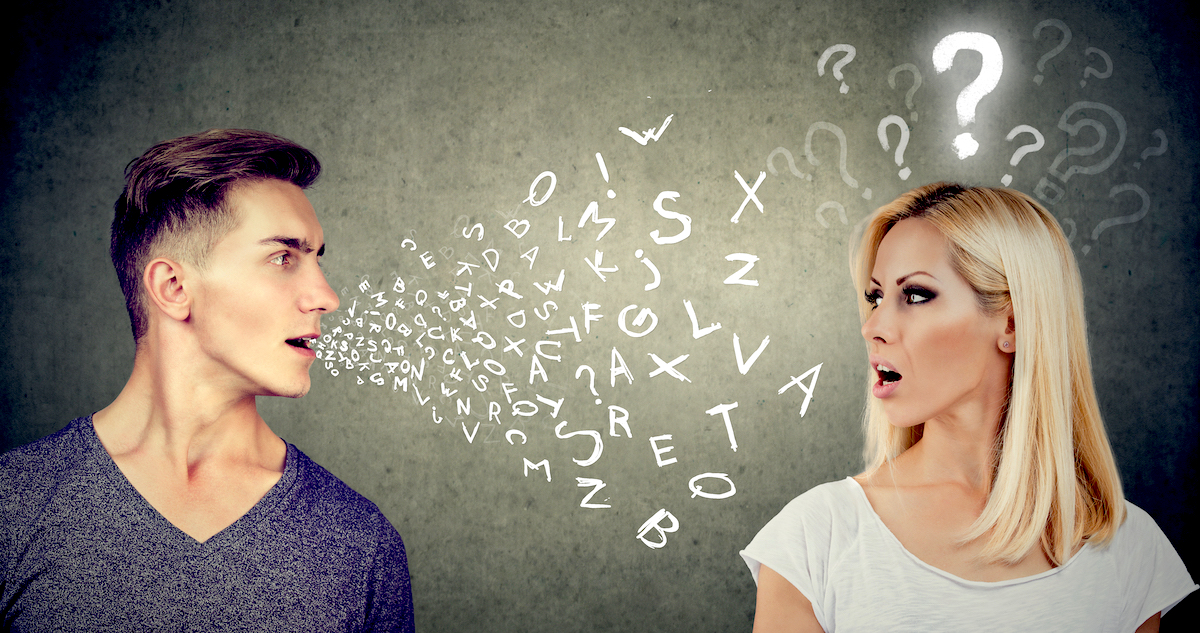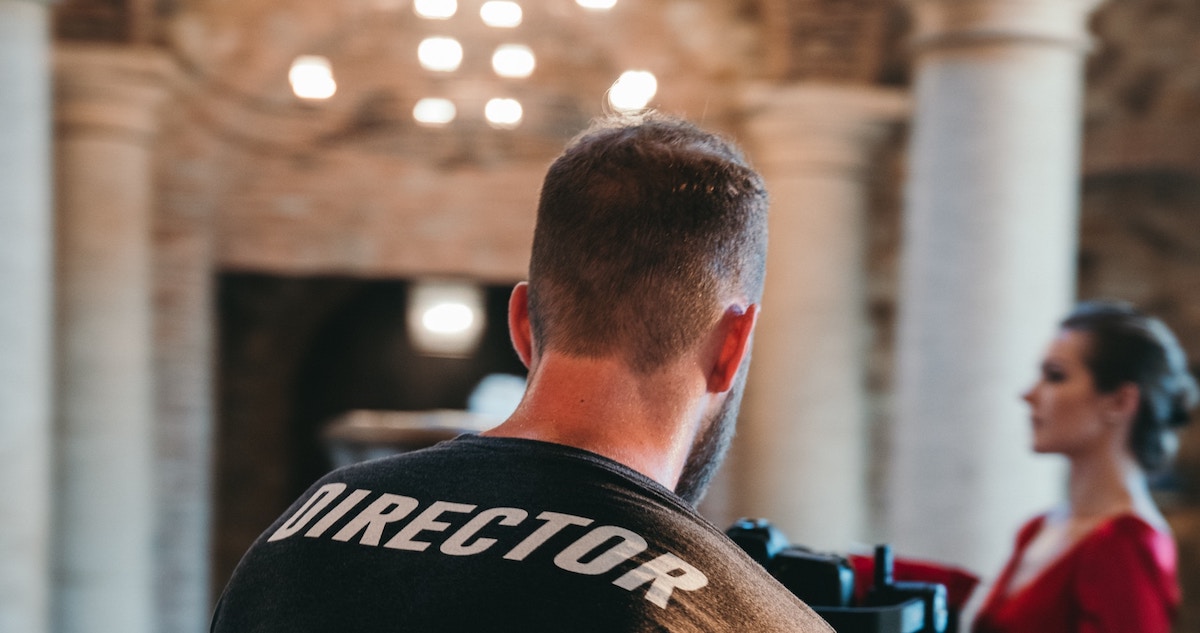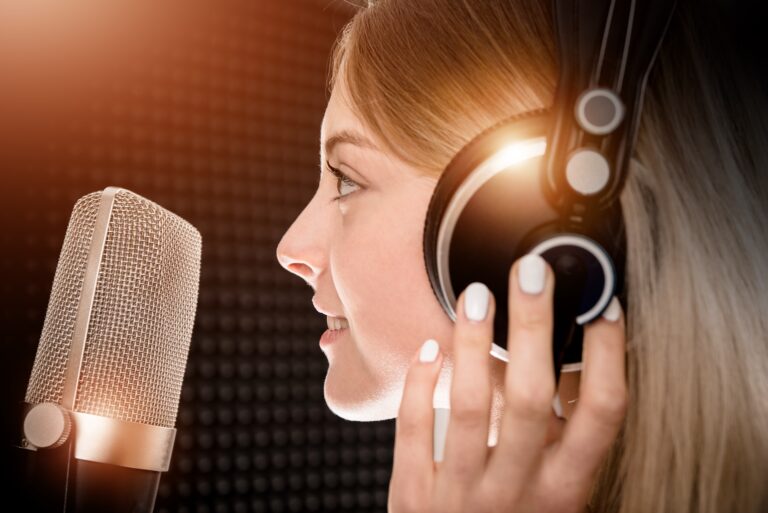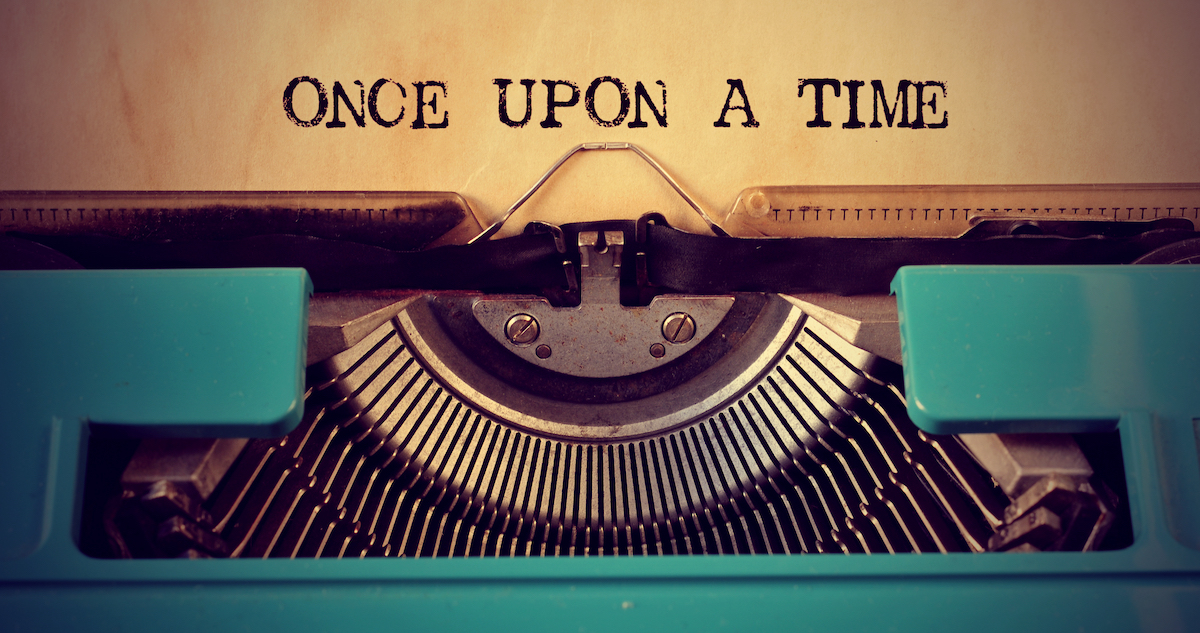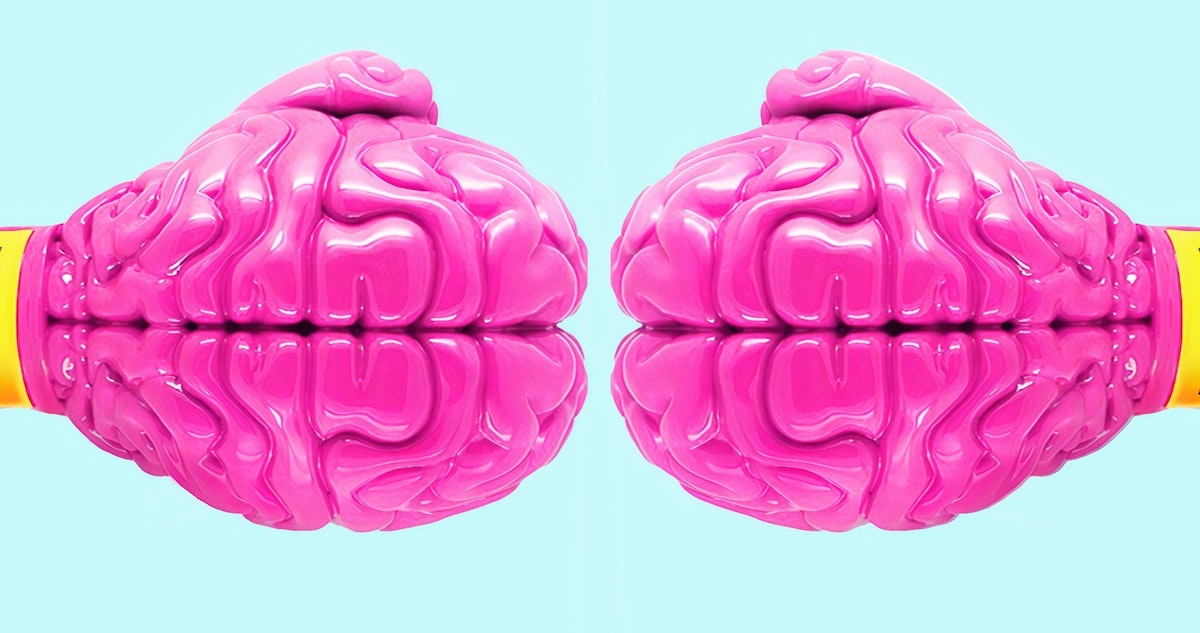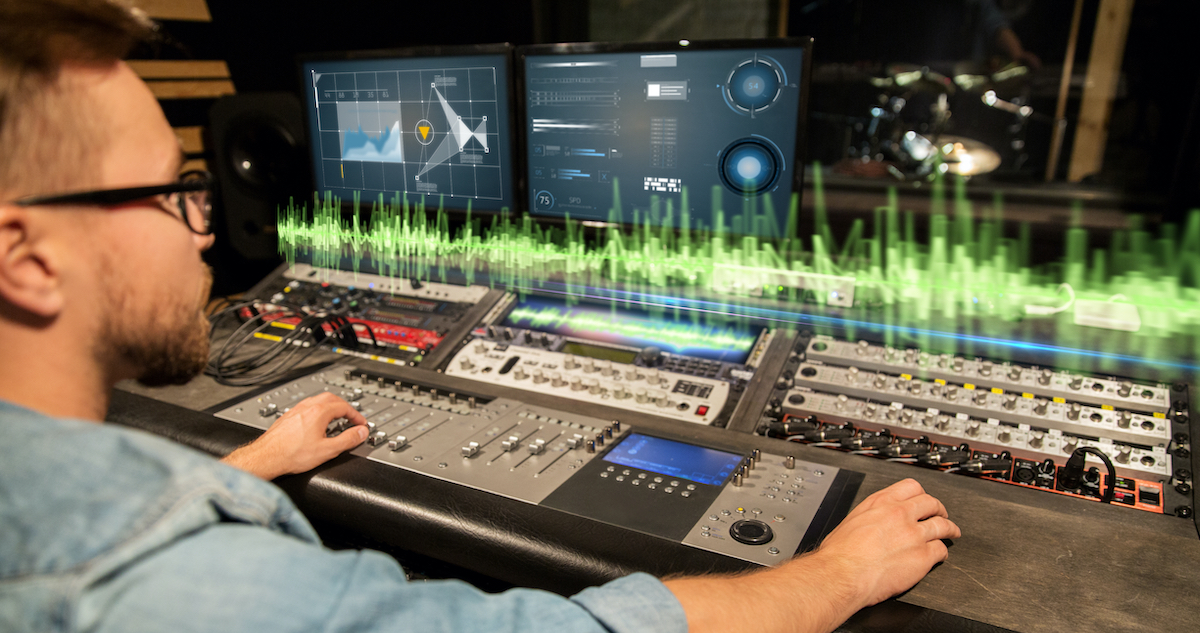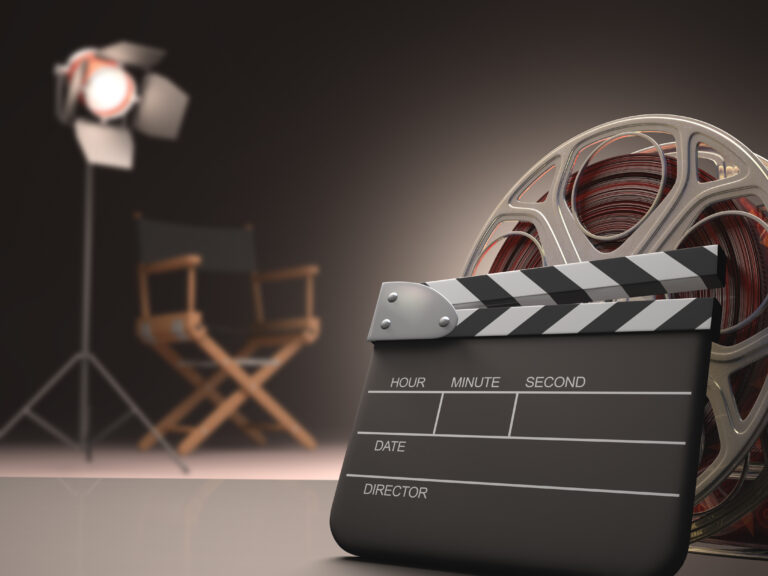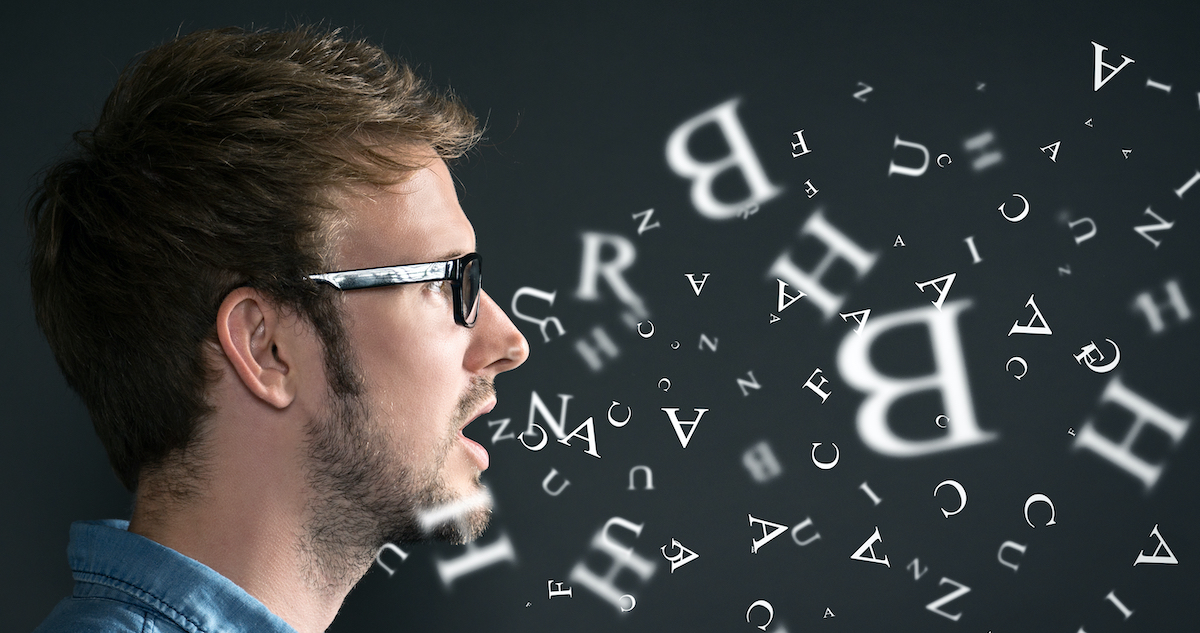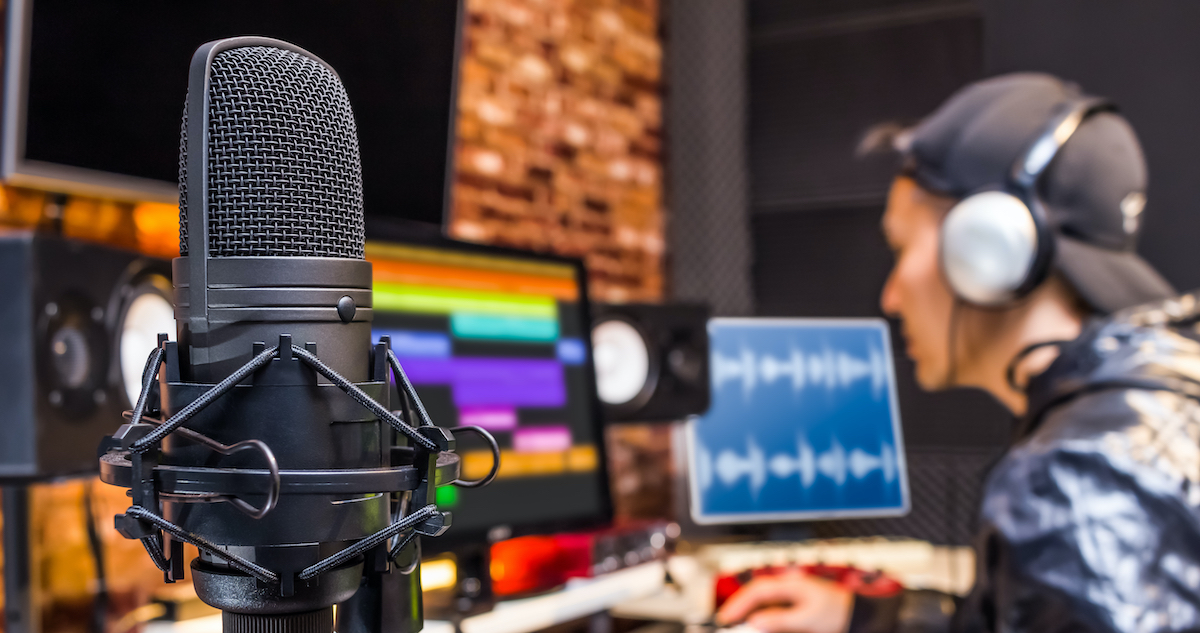Did you know an audio sample rate can make or break your audio/video projects? From the smoothest jazz to the heart-pounding beats of rock, pop, R&B, and hip-hop, the audio sample rate is the essence of audio life. Sample rates are all about sound quality, detail, and resolution. So if you’re looking for insider tips to make your project’s audio soar, you’ve come to the right place!
At Voice123, we understand the value of crystal-clear recordings for audiences. So whether you need an audiobook narration or you’ve created an incredible new animated character, in this article, we’ll explore what audio sample rate is, the different audio sample rates commonly used in audio production, and how audio sample rates affect voice overs as well as audio in general.
It’s time to let the beat drop and the audio adventure begin!
What is an audio sample rate
Audio sample rate is the frequency at which an analog audio signal is converted into a digital format, and it’s measured in Hertz (KHz), which is the number of cycles or samples per second. The standard rate is 44.1 kHz, which means that 44,100 samples of audio are taken every second. And just like audio gain, the audio sample rate can be adjusted to create a digital representation of the sound, ensuring greater accuracy in reproducing the original sound wave.
Think of audio sample rate as snapshots taken regularly to capture sound. Just like a high-speed camera captures multiple frames per second to create a smooth video, audio sample rate captures numerous sound snapshots to recreate representations of the original audio.
For example, imagine you’re listening to your favorite song on a CD. The audio on the CD is sampled at 44.1 kHz; at this rate, everything from the subtlest guitar strum to the crispness of the vocals is carefully reproduced. But if you lower the sample rate to 22.05 kHz, just half the original rate, the audio suddenly loses some of its luster. That’s because higher frequencies become dull or distorted, causing overall clarity and detail to suffer. On the other hand, an exceptionally high audio sample rate, like 192 kHz, is incredibly detailed and sounds like you’re standing right next to the musician/actor, so the audio becomes almost lifelike. Let’s look a little more at audio sample rates.
Audio sample rates
There are 3 audio sample rates generally used for sound frequency:
- 44.1 kHz
- 48 kHz
- 96 kHz
Here’s a breakdown of each one.
44.1 kHz
This is used for audio CDs and online streaming platforms like Spotify and Apple Music. It captures 44,100 samples per second, providing a frequency range of up to 22 kHz, covering the audible spectrum for humans. It offers a good balance between audio quality and file size.
48 kHz
This is used in audio production for video content, including films, TV shows, and online videos. It captures 48,000 samples per second and slightly extends the frequency range beyond human hearing limits, which ensures synchronization between audio and visual elements in video production.
96 kHz
This is high-resolution and is preferred for professional audio production and mastering. It captures 96,000 samples per second, offering an extended frequency range and greater audio detail, making it ideal for capturing subtle nuances in performances and providing exceptional audio clarity.
Higher sample rates like 48 kHz and 96 kHz offer increased fidelity, resulting in larger file sizes. So, the choice of sample rate depends on the specific project requirements and intended distribution platform. Let’s now look at its role in voice overs.
Audio sample rates in voice overs
Audio sample rates in voice overs impact 6 aspects of a production.
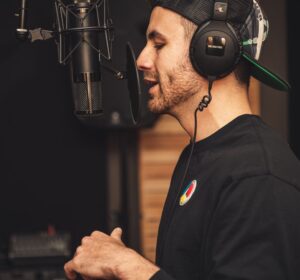
- clarity and detail
- emotional expressiveness
- character voices
- professionalism and versatility
- editing flexibility
- client requirements
Here’s more on each one.
Clarity and Detail
Higher sample rates, like 48 kHz or 96 kHz, capture more audio detail. This results in a clearer and more precise voice over. This level of clarity allows every aspect of the voice, such as timbre and vocal nuances, to be faithfully represented. Inevitably, this enhancing the overall quality of the performance. Video editors and producers usually work in 48KHz.
Emotional Expressiveness
Voice overs often require conveying a range of emotions to tell a story or deliver a message effectively. A higher sample rate preserves the subtle emotional nuances in the voice over artist’s performance. The increased audio detail enables the audience to connect emotionally with the content.
Character Voices
A higher sample rate becomes crucial in character-driven voice overs, such as animations, video games, or audiobooks. It captures the distinct qualities of each character’s voice, from unique accents to specific vocal traits. This level of authenticity brings the characters to life, making the storytelling more captivating and immersive.
Professionalism and Versatility
Higher sample rates are standard in professional voice over production because they offer versatility and adaptability. The recordings can be used across various platforms, from radio and television to online streaming, without losing clarity or impact. This ensures a seamless experience for the audience, regardless of the playback medium.
Editing Flexibility
Higher sample rates provide more room for audio editing and post-production processes. If adjustments or modifications are needed, the extra audio detail enables more precise editing without compromising the overall audio quality.
Client Requirements
For professional voice over artists like those on Voice123, working with higher sample rates is often essential. Why? To meet client specifications and industry standards. Many clients demand top-notch audio quality. Using higher sample rates ensures that the voice over meets their expectations and stands out from the competition.
Final thoughts
So folks, can audio sample rate affect the success of your project? Absolutely! For CDs and online streaming, 44.1 kHz balances audio quality with file size. Higher sample rates offer increased detail and precision for video production and high-resolution audio projects.
So – are you aiming for an emotional narration, immersive character voices, or a crisp corporate presentation? Then be sure to explore the talented pool of voice over artists on Voice123 to bring your project to life.
Now’s the time to hit all the right notes with audio sample rate!
FAQs
For general purposes like music production and playback, a sample rate of 44.1kHz is common because it accurately represents frequencies up to 20kHz, which covers the human hearing range.
What is the difference between 44.1 and 48kHz?
The audio sample rates are the same; the difference is that 44.1kHz is used for CDs and digital audio, while 48kHz is standard in video production and broadcast.
It depends on the context; the differences are barely noticeable in most situations because 96kHz is sufficient for professional audio production and high-fidelity playback.
The difference is the higher sample rate of 96kHz, which captures more audio detail and frequencies. So, 96kHz is preferred in professional audio recording settings where higher resolution is desired, but it needs more storage space and processing power than 48kHz.


